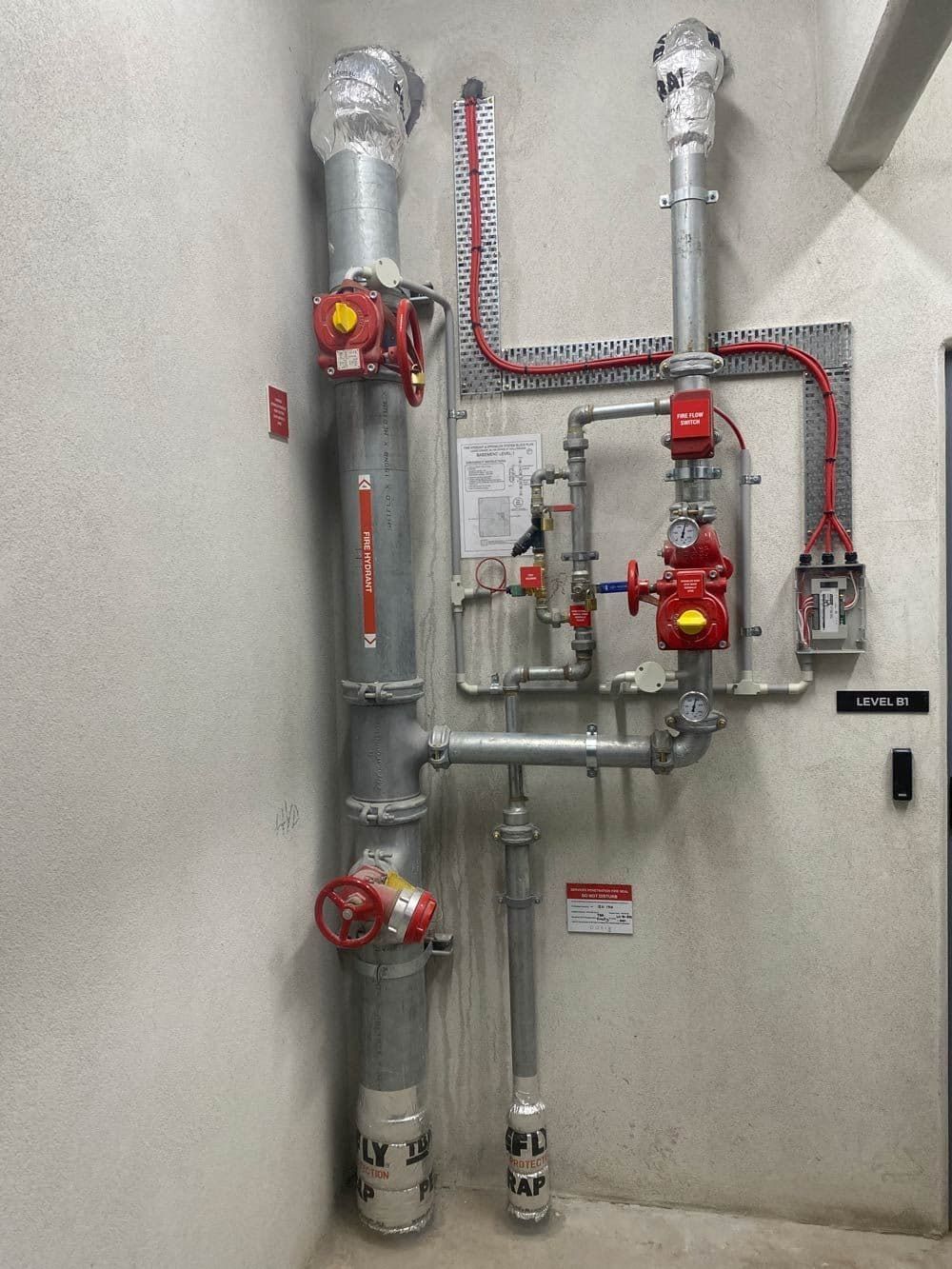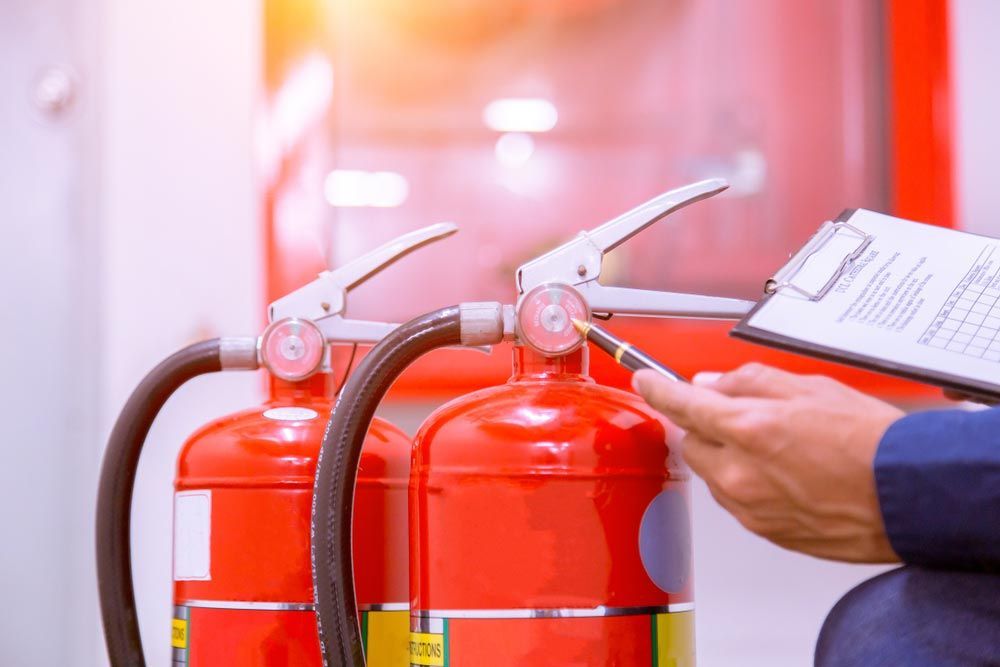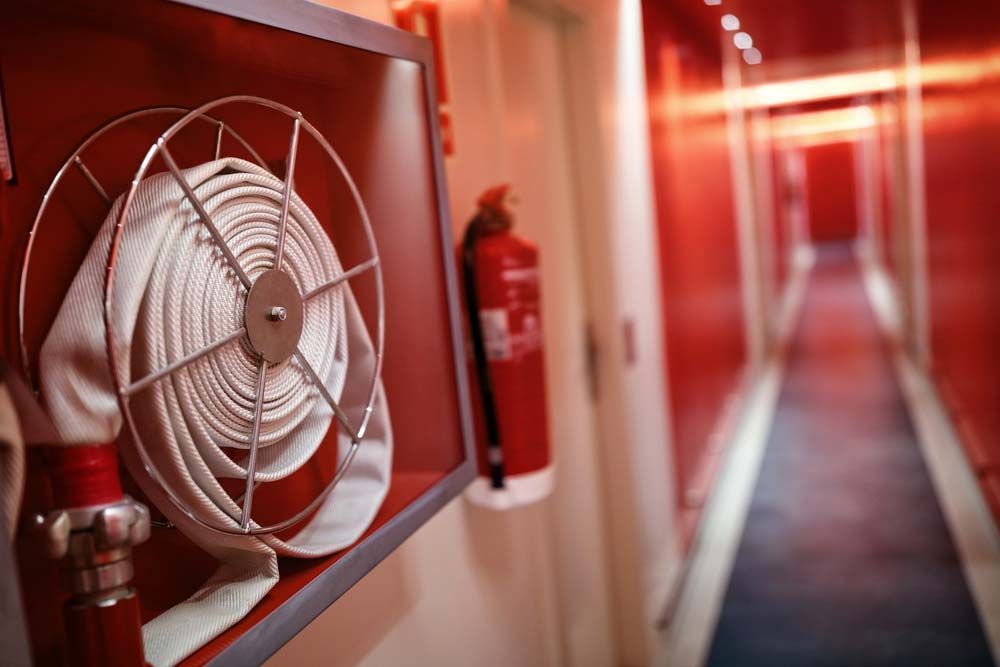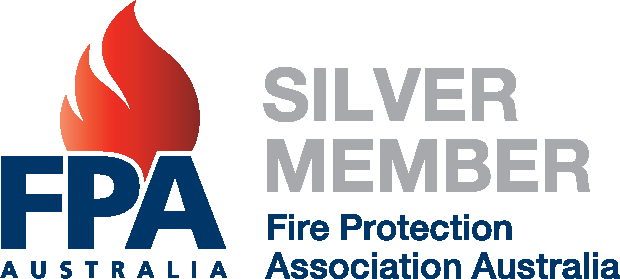Annual Fire Safety Statements in Illawarra
We Provide Certification & Documentation
Installing a passive fire protection system is only the first step towards ensuring building safety. After installation, regular testing, inspections and maintenance are necessary to keep it performing effectively over time. When it comes to certifying passive fire systems for legal compliance, we don’t take any shortcuts.
At Pasiv Fire, we have the ability to inspect, assess data and certify passive fire systems. Our team is experienced in providing certification documents and compliance reports, as well as conducting quality assurance tests to ensure that all systems meet or exceed current standards. All certification services stringently follow BCA/NCC, Australian Standards and manufacturer installation instructions.
Based in Warrawong, we service the NSW South Coast and Southern Highlands, including Wollongong, Sutherland, Goulburn and surrounding areas. Call 1300 882 920 today!
Is Your Building Up To Code?
Custom Certification Packages
At Pasiv Fire, we appreciate that every project requires a unique set of certification documents. That’s why we develop certification packages based on our clients’ specific requirements and requests, including:
- Annual Fire Safety Statements: We provide comprehensive fire safety statements that demonstrate the building’s compliance with Australian Standards and other regulatory requirements.
- Compliance Certificates & Reports: Our experts will assess all relevant data and compile certification documents detailing the performance of passive fire systems of a project. This includes reports on inspections, testing and maintenance work.
- Verification & Audits: We will conduct detailed audits of existing systems and provide verification documents confirming the building’s conformity with BCA, AS1530.4, etc.
- Quality Assurance Reports: Our team is experienced in providing quality assurance reports to certify that all system components meet the necessary standards for performance and safety.
Who Needs A Fire Safety Certificate?
A fire safety certificate is a crucial document that certifies a building's fire safety measures are compliant with the relevant standards and regulations. This certificate is crucial for owners of multi-unit residential developments, as well as commercial and industrial buildings or premises. It serves as a testament to the fact that all fire safety systems meet the necessary requirements. The necessity for this certificate arises in several instances:
- For newly constructed buildings to ensure initial compliance.
- When an existing building's use is changed.
- Following the issuance of a fire safety order to address specific safety concerns.
Contact us today for custom certification packages. Our team is ready to assist you with a comprehensive assessment and certification process.















